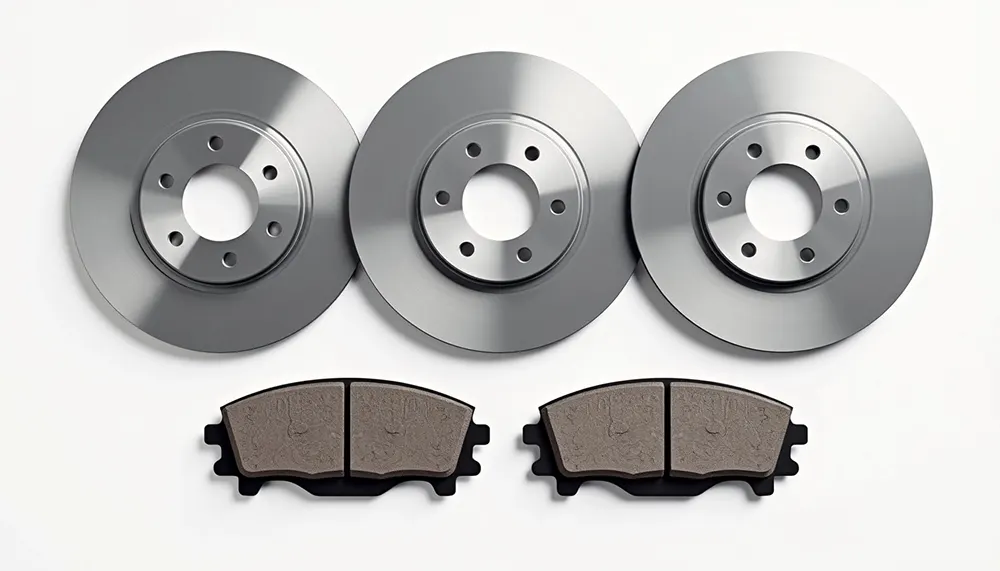In modern automotive engineering, disques de frein—or brake discs—are more than just a basic component of the braking system. They are a critical interface that converts kinetic energy into heat, allowing vehicles to slow down or stop efficiently. In 2025, advances in materials science and thermal management have made brake discs more reliable, durable, and high-performing than ever before. Understanding these innovations is essential for engineers, performance enthusiasts, and safety-conscious drivers alike.
1. Understanding the Role of Disques de Frein
The primary function of disques de frein is to provide a surface against which brake pads (plaquettes de frein) generate friction. This friction converts motion into heat energy, which must be managed to prevent performance loss or component damage. Properly designed discs:
-
Ensure consistent stopping power under all conditions.
-
Maintain vehicle stability during braking.
-
Minimize wear and tear on brake pads and other components.
2. Advanced Materials in Modern Brake Discs
Material selection has a significant impact on performance, durability, and thermal characteristics:
-
Cast Iron: Still widely used for standard vehicles due to cost-effectiveness and good thermal conductivity.
-
Carbon-Ceramic Composites: Common in high-performance and luxury cars, offering exceptional heat resistance, minimal fade, and extremely low weight.
-
Steel and Alloy Variants: Enhanced strength and corrosion resistance while supporting advanced venting designs.
These materials are designed to withstand extreme heat cycles and resist warping or cracking under repeated braking.
3. Thermal Management: Keeping Brakes Cool
Excessive heat is the primary enemy of brake efficiency. Modern disques de frein incorporate several techniques for thermal management:
-
Vented Rotors: Channels inside the disc allow air to circulate, dissipating heat quickly.
-
Slotted and Drilled Discs: Grooves or holes help expel gases and dust generated during braking, preventing uneven friction and fading.
-
Coatings and Treatments: Anti-corrosion coatings and heat-treated surfaces extend lifespan and maintain optimal friction properties.
Effective thermal management ensures consistent braking performance, even during high-speed driving or repeated hard stops.
4. Signs of Thermal Stress and Wear
Even advanced brake discs are subject to wear. Drivers and technicians should monitor for:
-
Warping: Uneven surfaces causing vibrations during braking.
-
Cracking: Visible hairline cracks from repeated high-heat cycles.
-
Overheating: Reduced braking efficiency during prolonged use, also known as brake fade.
Regular inspection and choosing high-quality disques de frein are crucial to prevent these issues.
5. Choosing the Right Disques de Frein
When upgrading or replacing brake discs, consider:
-
Material Type: Match the disc material to your vehicle’s performance needs.
-
Rotor Design: Vented, slotted, or drilled depending on heat dissipation and driving style.
-
Certification: Look for OEM standards or international certifications to ensure safety and reliability.
Final Thoughts
In 2025, disques de frein are no longer simple steel components—they are highly engineered parts that combine advanced materials and sophisticated thermal management. Choosing the right brake discs ensures optimal braking performance, longevity, and safety, whether you’re driving a daily commuter, a performance vehicle, or an electric car.




